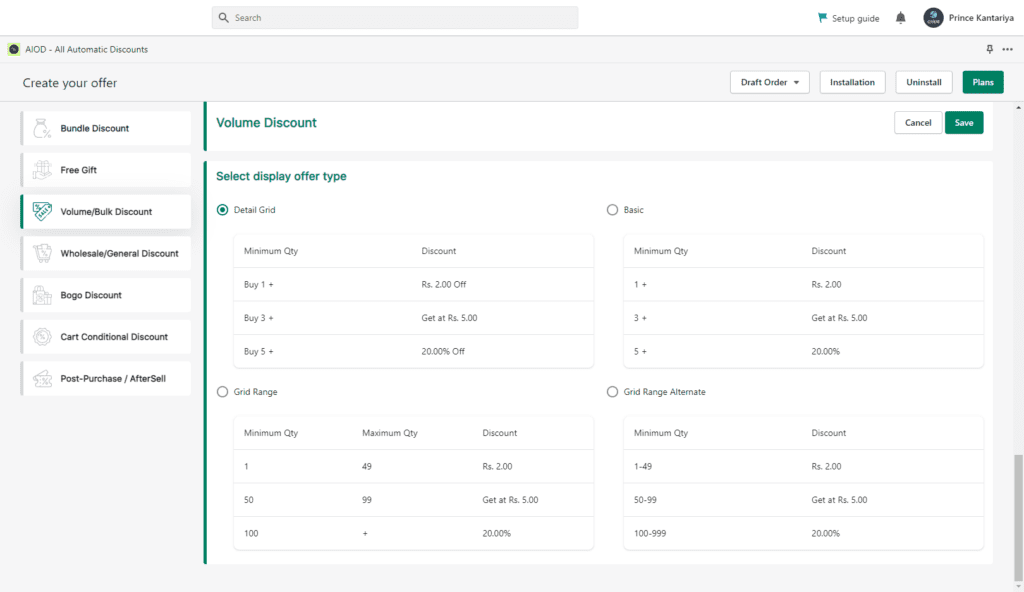Discounts on Selected Offers
In the world of e-commerce, finding the right deals can make all the difference between a good shopping experience and a great one. With consumers increasingly on the lookout for the best discounts, businesses have begun implementing various strategies to attract customers. This article explores the trend of discounts, particularly focusing on selected offers, and provides insights into how both consumers and businesses can benefit from these promotions.

The Importance of Discounts in E-Commerce
Discounts play a crucial role in the decision-making process of consumers. When they see a reduced price, it triggers a sense of urgency and encourages them to make a purchase. Various studies indicate that customers are more likely to buy products if they perceive they are getting a deal. Let’s delve into why discounts are vital for e-commerce businesses.
Psychological Impact of Discounts
Discounts appeal to the psychology of consumers. The “scarcity principle” suggests that people are more likely to grab an item if they believe it’s in limited supply or if the price is about to increase. This creates a rush to purchase, benefiting both consumers and businesses.
Building Customer Loyalty
Offering discounts on selected items can also foster customer loyalty. Regular customers are more likely to return to brands that they perceive offer good value for their money. A consistent discount policy can lead to repeat purchases and long-term relationships.
Attracting New Customers
Discount offers are not just for retaining existing customers; they also serve as a powerful tool to attract new ones. A well-advertised sale can lead to increased traffic and a wider audience reach. Businesses can leverage this to introduce new products or clear out older inventory.
Types of Discounts and How They Work
When it comes to discounts, there are various types that businesses can implement, each with its mechanisms and advantages. Here, we’ll discuss some common types of discounts:
Percentage-Based Discounts
- Often used for promotions.
- Easy for consumers to understand and appreciate.
- Can be a great way to encourage bulk purchases or clear inventory.
Fixed Amount Discounts
- Offers a specific price reduction on a product.
- Effective for attracting budget-conscious shoppers.
- Creates a straightforward value proposition.
Buy One Get One (BOGO) Offers
- Encourages buyers to purchase more items.
- Can help businesses move inventory faster.
- Creates a perceived value that can attract attention.
Best Practices for Implementing Discounts
While discounts can attract customers and boost sales, they need to be implemented thoughtfully to ensure they are effective. Here are some best practices for businesses:
Know Your Audience
Understanding the needs and preferences of your target audience is paramount. This knowledge enables businesses to tailor discount offers that will encourage purchases and resonate with consumers.
Set Clear Terms and Conditions
Transparency is critical when implementing discounts. Customers should clearly understand any terms and conditions tied to the promotion, such as eligibility, expiration dates, and specific product inclusions.
Promote Discount Offers Effectively
Using various channels to promote discounts is good practice. Social media, email newsletters, and dedicated landing pages can help in spreading the word and generating awareness among existing and potential customers.
Evaluating the Impact of Discounts
Once discounts are implemented, it’s essential to evaluate their effectiveness. Analyzing data from promotions can reveal valuable insights into customer behavior and the financial impact of discounts on the business. Here’s how:
Track Sales Performance
Monitoring sales figures during and after discount periods allows businesses to measure the effectiveness of specific promotions. Comparing sales against a baseline can help in understanding the actual impact of discounts.
Customer Feedback
Gathering feedback from customers regarding discount offers can also provide insights into their perceptions and willingness to return. Customer satisfaction surveys can gauge the effectiveness of discounts in meeting their expectations.
Benchmark Against Competitors
Understanding how competitors are implementing discounts can provide context for your own promotions. Benchmarking can help identify areas where your business can improve and innovate.
Conclusion
In today’s competitive market, discounts on selected offers are more than just a promotional tool; they’re a key strategy for engaging consumers and driving sales. By understanding the psychology behind discounts, effectively implementing them, and continuously evaluating their impact, businesses can create a robust sales strategy that not only attracts customers but also fosters long-term loyalty. Whether you’re a consumer on the hunt for the best deals or a business striving to improve sales, understanding the dynamics of discounts will provide a significant advantage.
For more insights on discount strategies and e-commerce tactics, check out this article and this resource.
